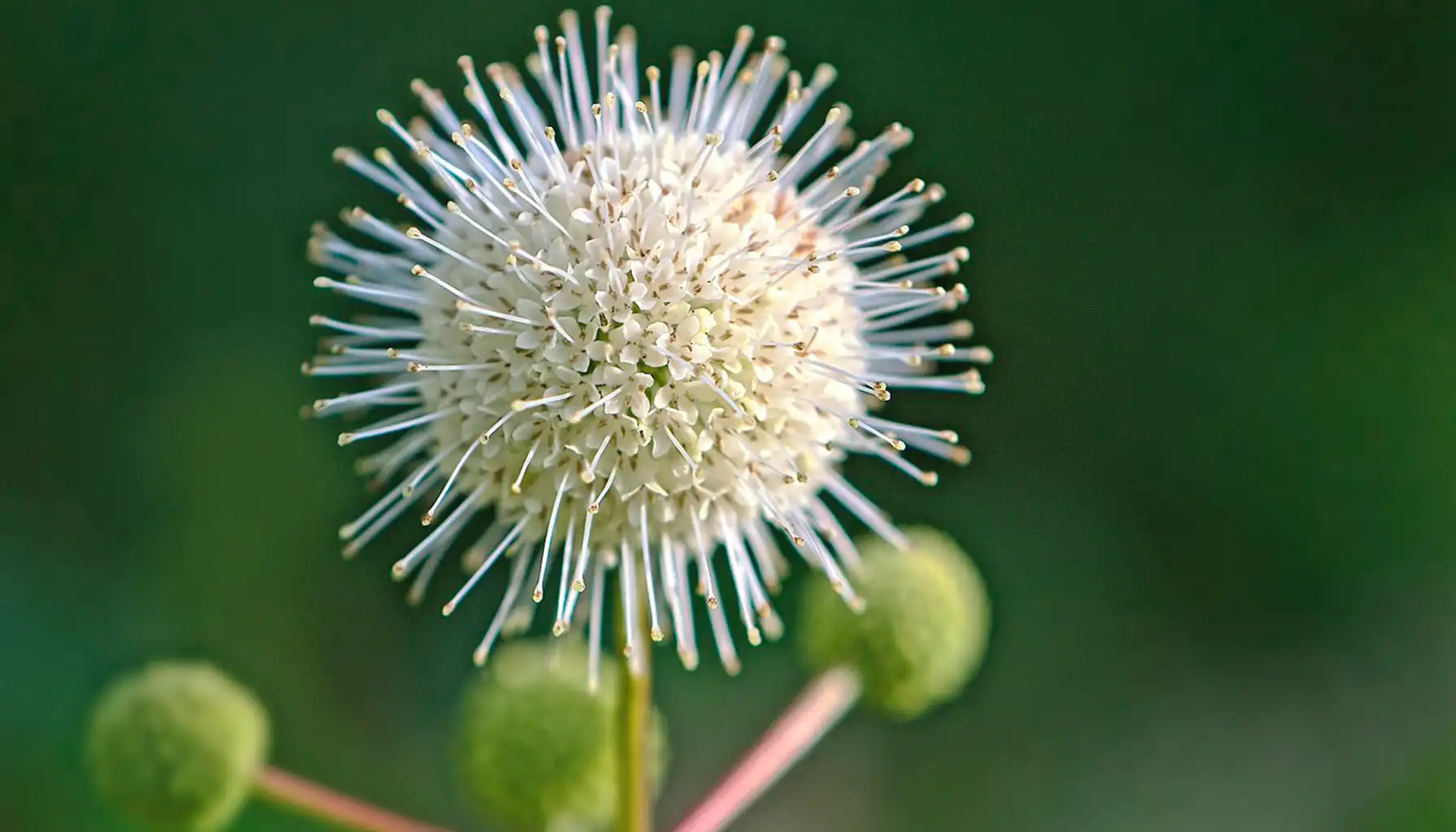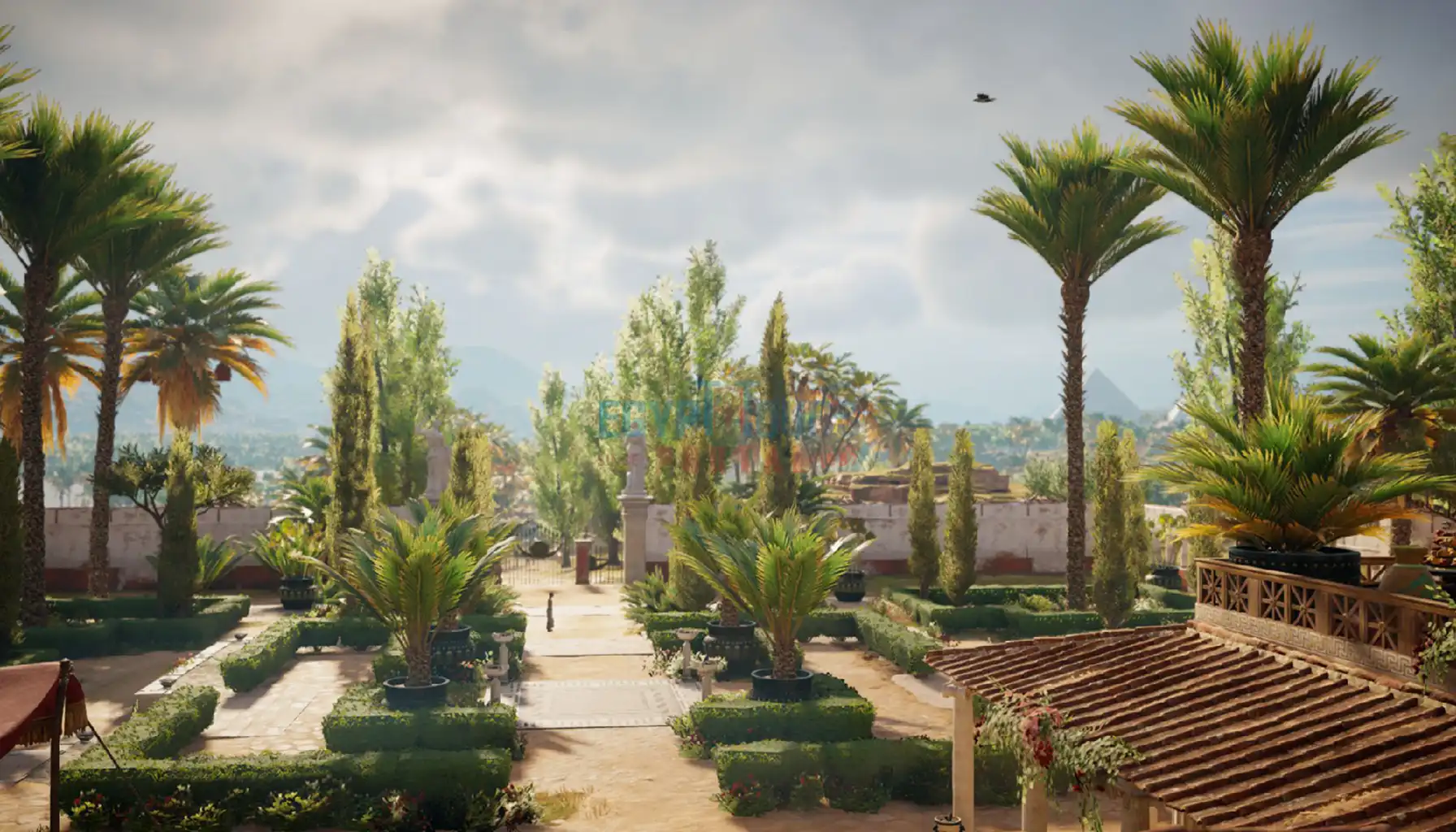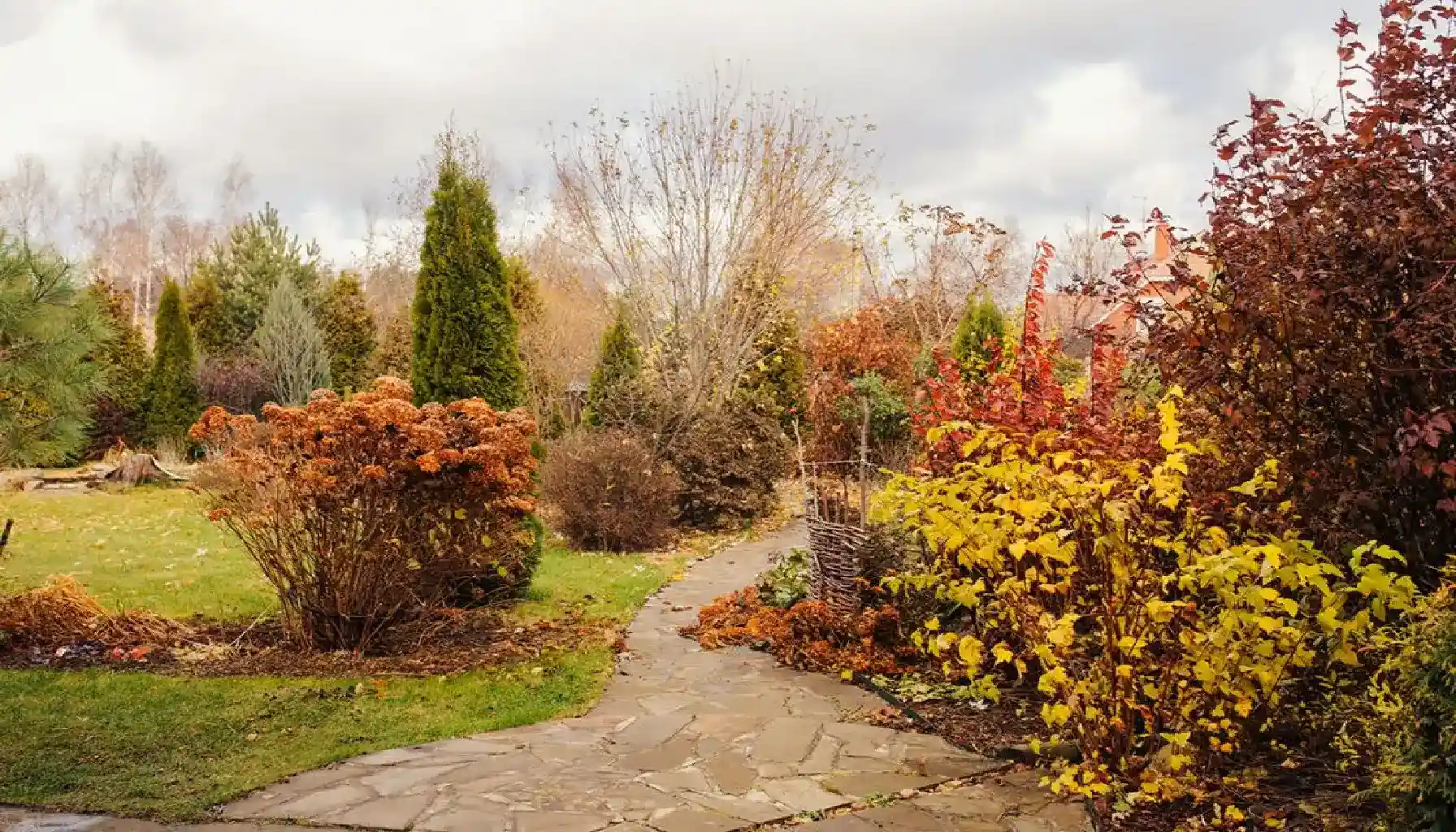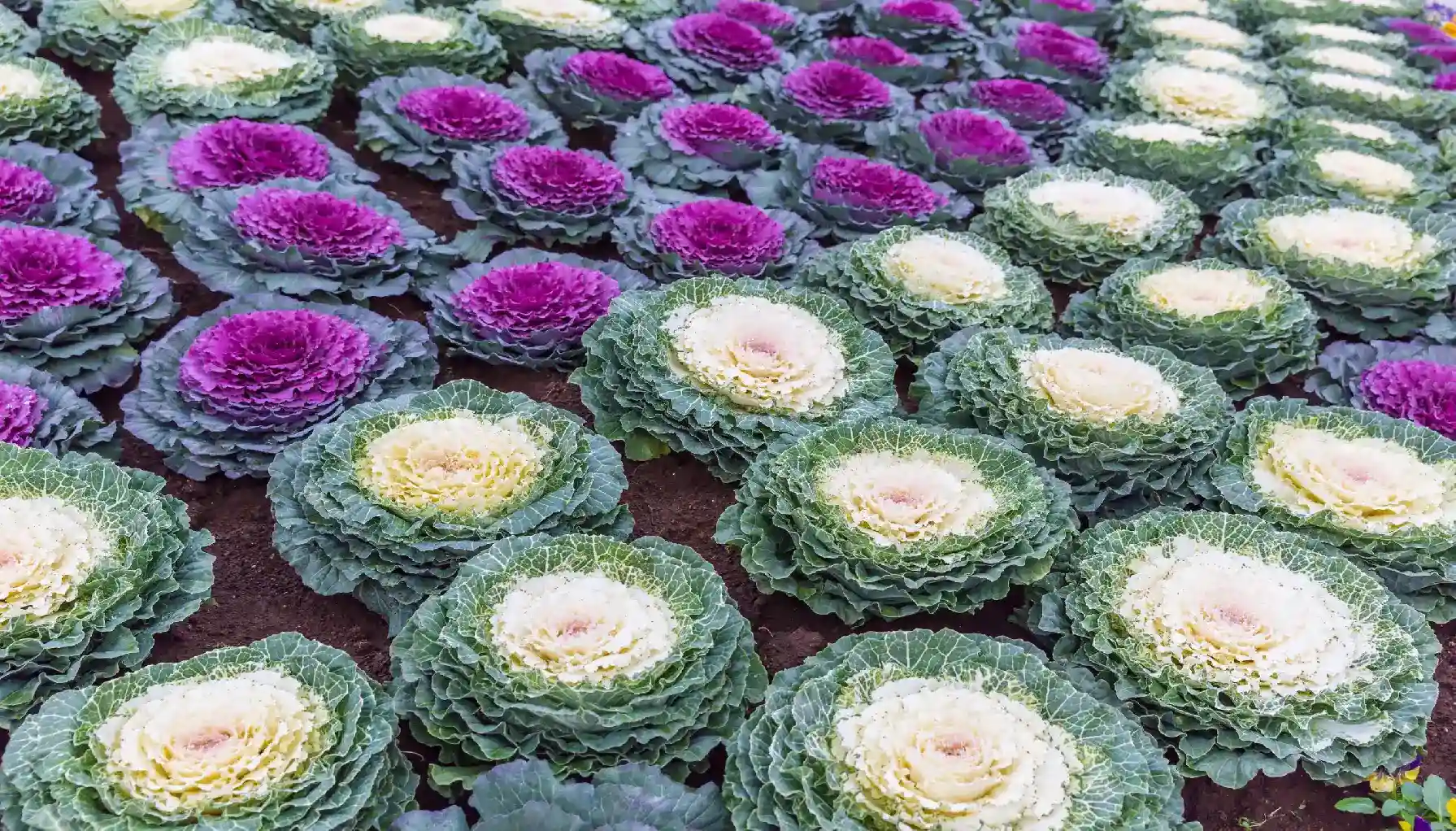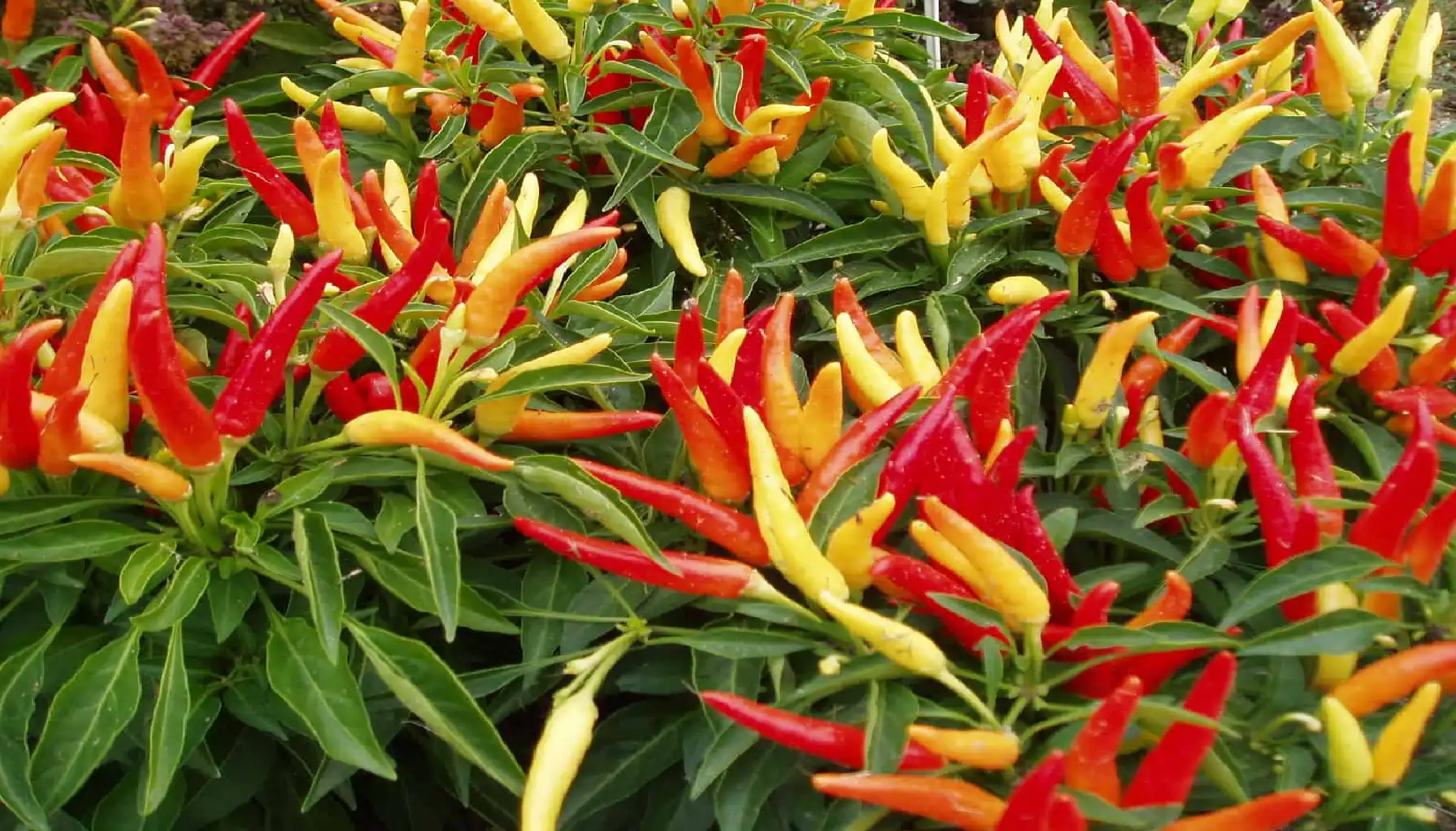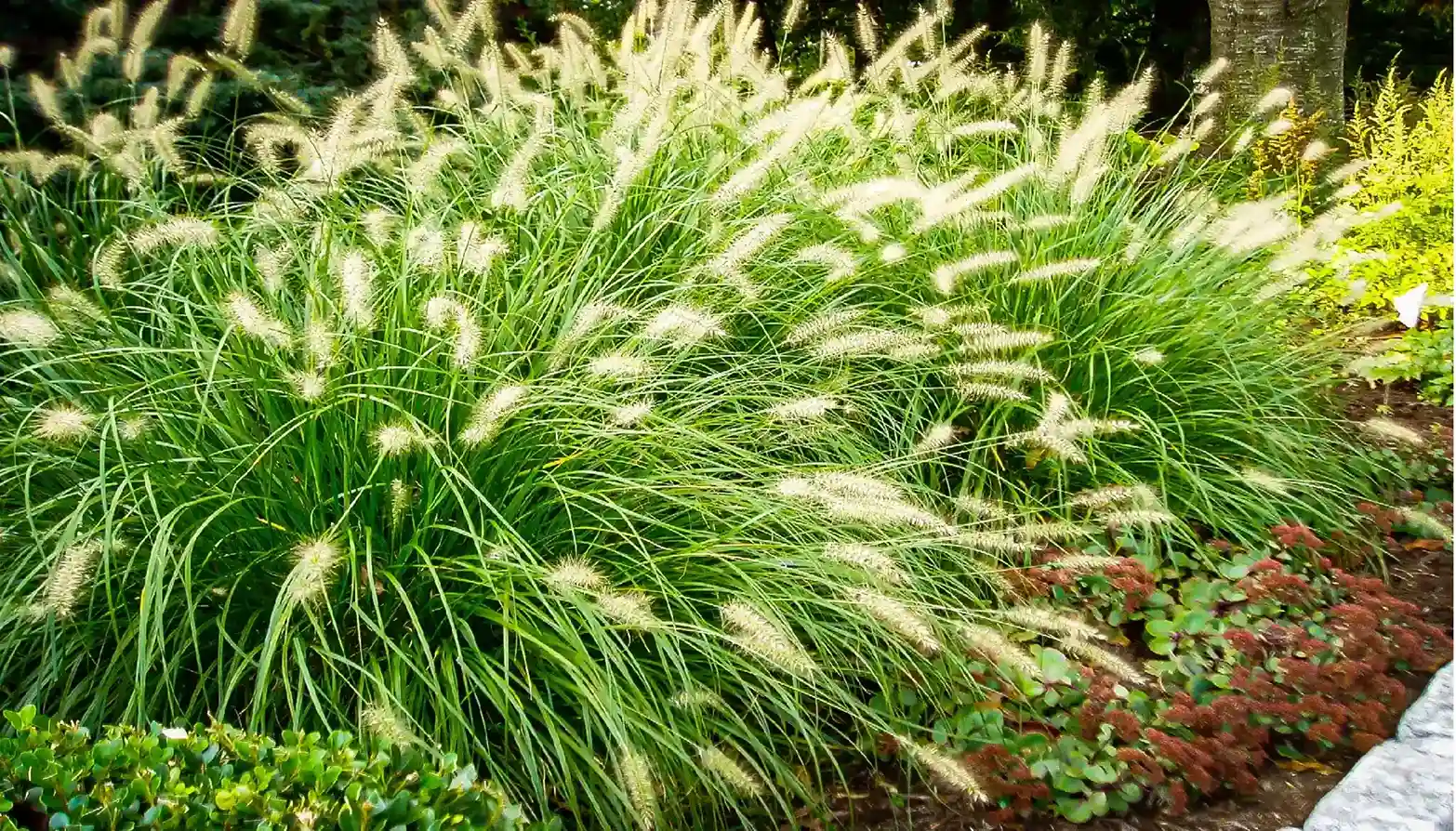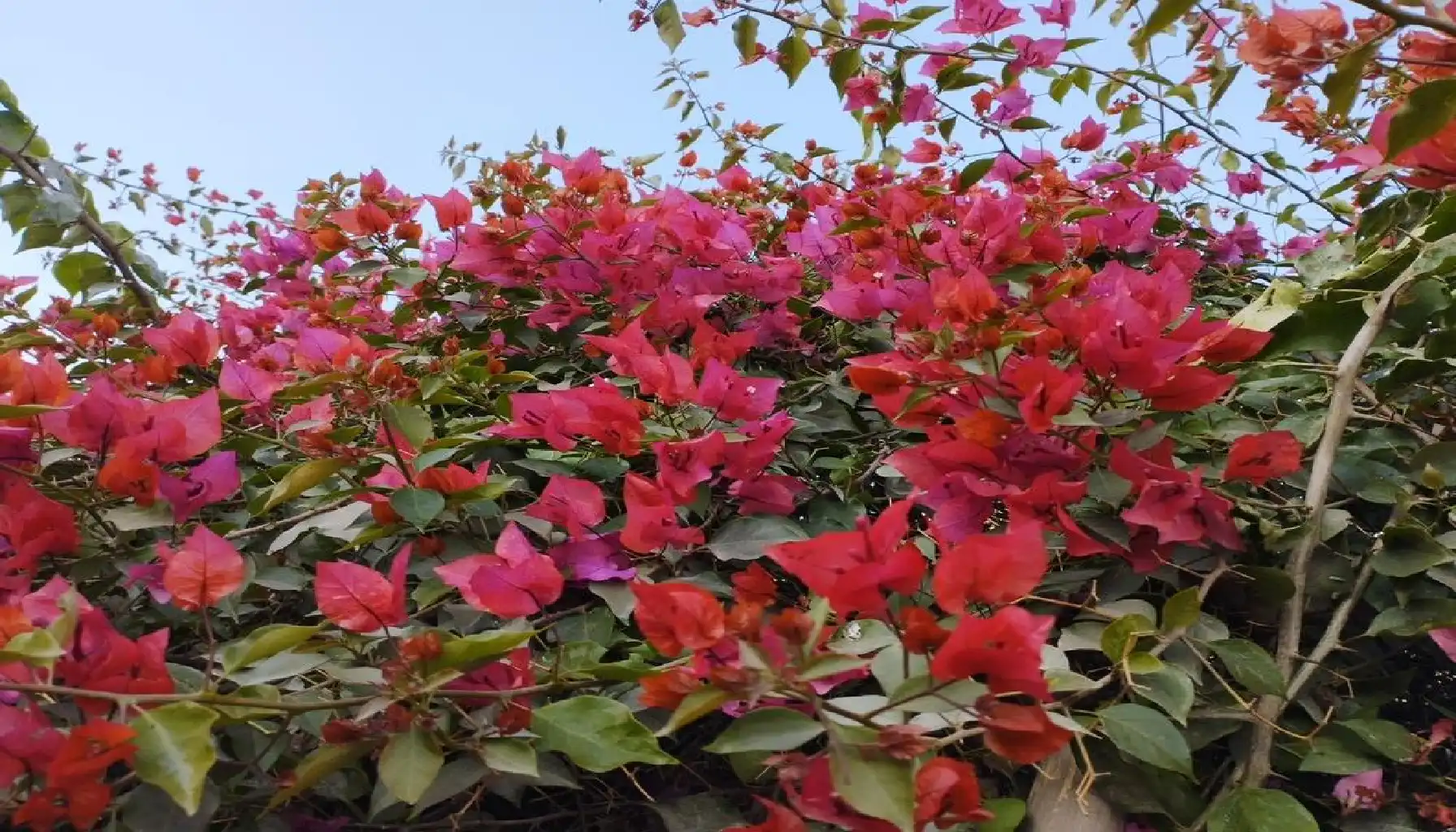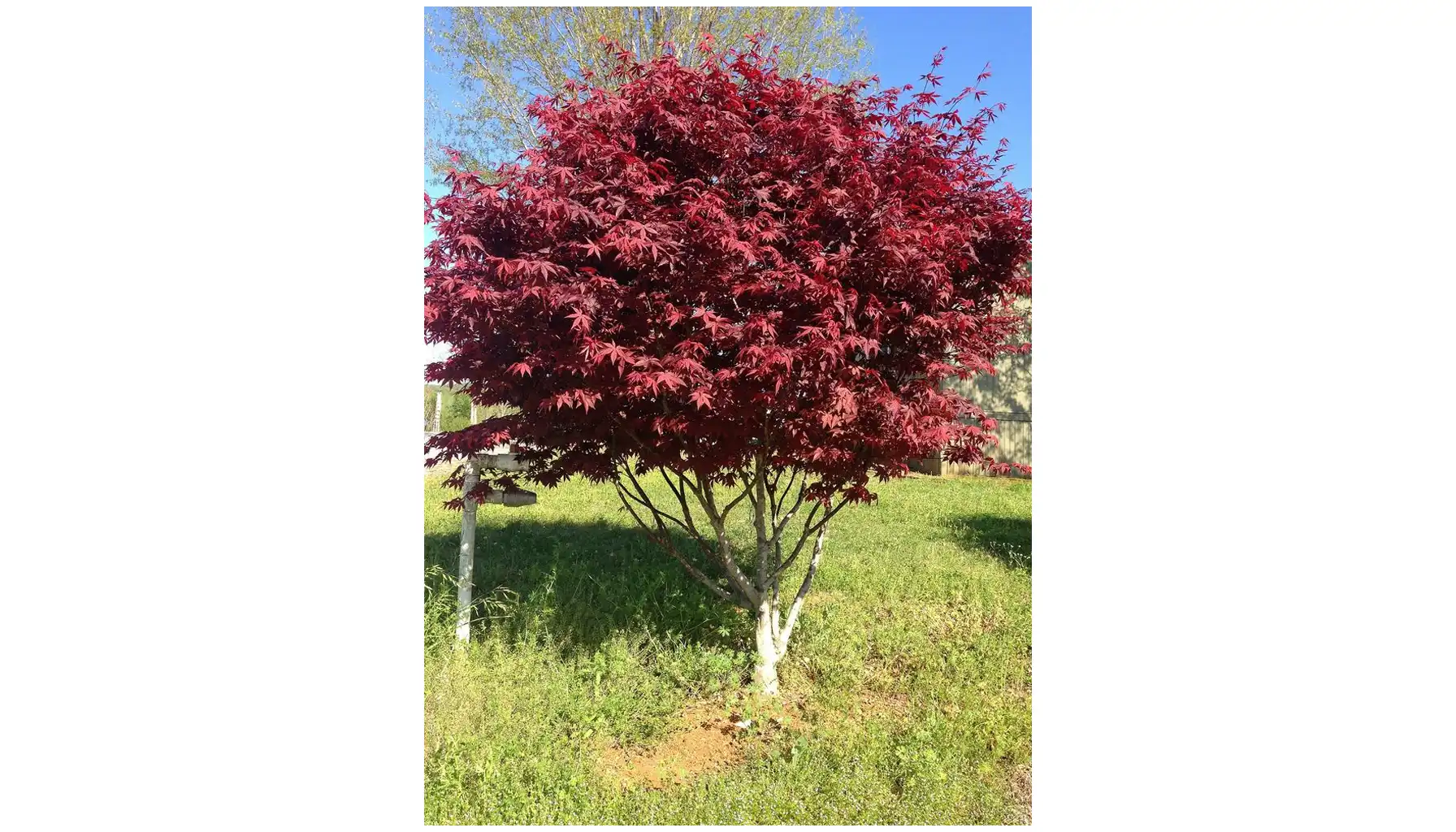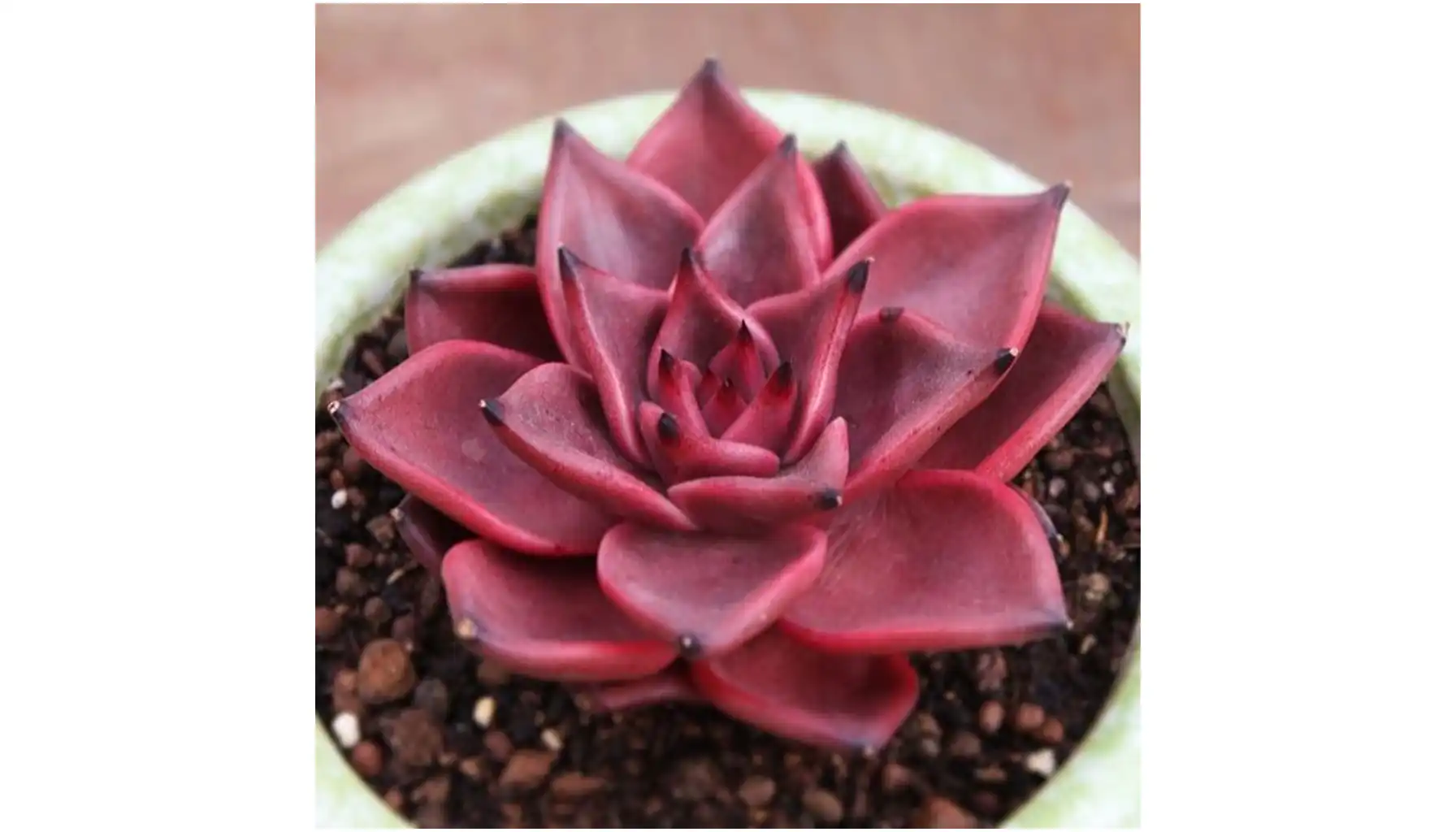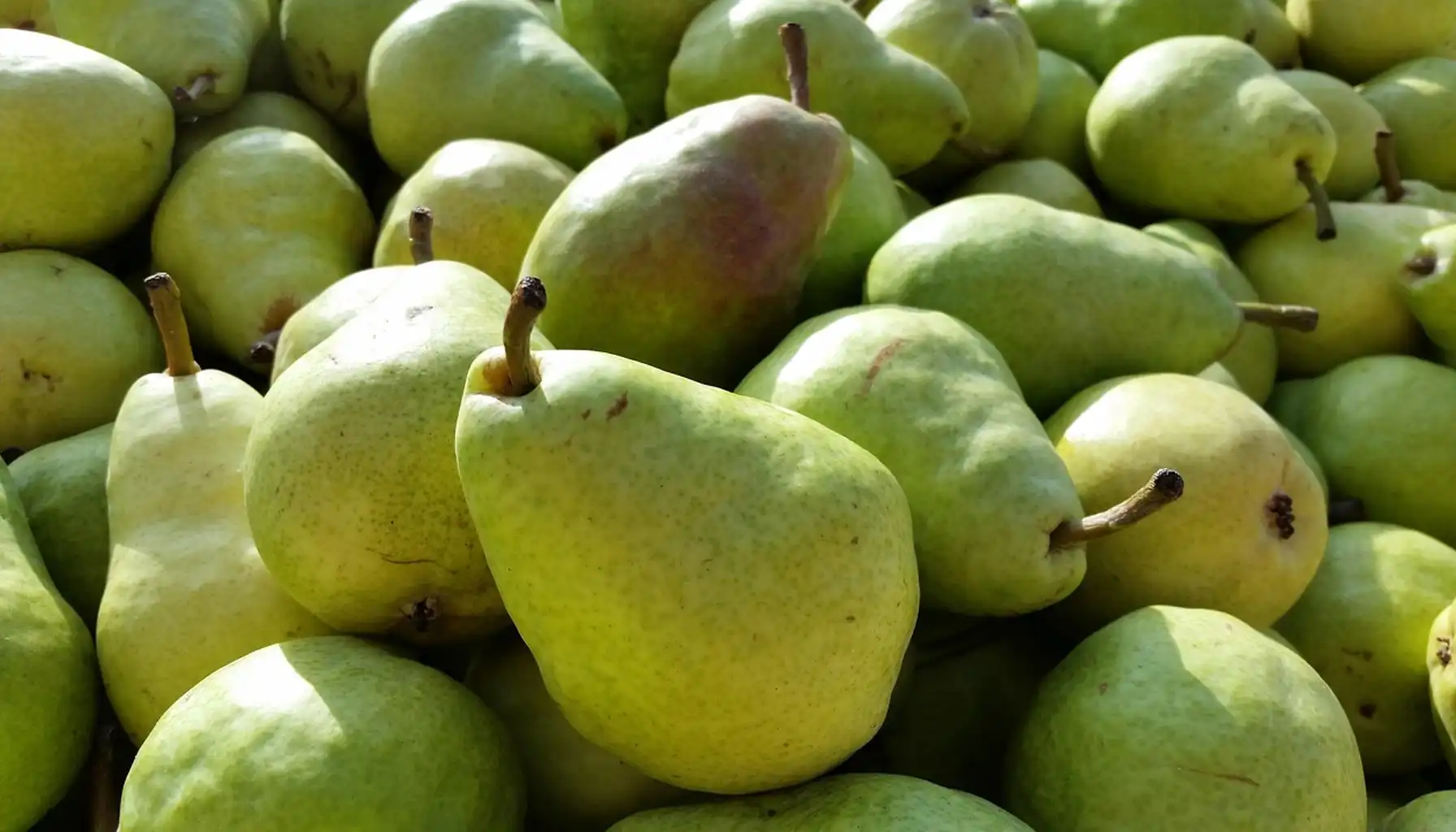The science and art of growing fruits, vegetables, flowers, or ornamental plants is extraordinary. Among these, the latter are rarely overlooked when it comes to an average garden, mainly used for utilitarian value only. However, ornamentals are not confined to the beautiful natural creations without purpose. In fact, they have something more serious to offer, i.e., cooling urban spaces, attracting pollinators, improving air quality, and even more.
Creating a fine garden with a wide range of plants can be overwhelming, especially when one does not take the selection of floral inhabitants to incorporate seriously. You can count on us to help you with this! So, what is ornamental plants definition? Which types to pay attention to, and how to identify a plant on the spot?
What Are Ornamental Plants?
Briefly covering the topic, ornamental plants are the representatives of flora which are cultivated mainly for decorative purposes because of their attractive attributes like flowers, shape, texture, or, at times, edibility. As a rule, they can be found in public spaces (like local parks or botanical gardens) and private settings like the backyard or at home. The defining factor, which is not surprising, is their beauty, i.e., colors, spatial perfection, and fragrance altogether.
In the majority of cases, this type of greenery is cultivated by botanists to create a perfect version of the original plant (which emerged thousands of years ago, presumably in Ancient Egypt around 2000 BC). No matter how peculiar an OP may be, its functions have always gone beyond decorations.
The Main Categories of Ornamental Plants
The classification of OPs is rather diverse, for there exist numerous approaches to how to group plants appropriately, which is mainly dependent on purpose, appearance, and growing environment. The most common perspective divides them into edible ornamental plants and those that cannot be consumed by a human being. And yes, today's gardeners may appreciate this categorization, since it is typically a primary purpose to grow natural creations that feed.
In addition to botanical groupings, which will be covered below, there are also non-botanical classifications often used in horticulture and landscaping. These include:
Houseplants (cultivated indoors for their aesthetic value)
Bedding plants (seasonal OPs used in mass plantings for colorful displays, e.g., in raised beds)
Hedges and topiary plants (used for structure, privacy, or artistic displays)
Cut flower plants (grown for bouquets in general)
Foliage plants (grown thanks to their leaf color and/or form rather than flowers)
Now that we have covered the least scientific approaches, let us finally turn to the traditional botanical classification that groups OPs based on their biological and morphological traits.
Herbaceous Ornamental Plants
Herbaceous OPs are non-woody plants that die back at the end of their growing season. Many are annuals, perennials, or biennials grown for their flowers or foliage, while some may also carry edible parts.
Examples:
Ornamental cabbage plants and their close relative kale (Brassica oleracea) are among the most popular annuals known for their frilled, brightly colored leaves in shades of purple, pink, cream, and green. Though technically these are edible, their main attraction is in the appearance rather than taste, which tends to be bitter.*
Ornamental ginger plants (Curcuma and Alpinia species) can turn your garden into an exotic setting. Although some types (like culinary ginger) are edible, many are not used within their primary purpose.
Note: Although Brassica oleracea is not an “herb” in the culinary sense, it is classified as a herbaceous plant in botanical terms. Just like vegetables do not exist in the frame of botanical science, but only fruits do.
Related article: Myth or Fact: Do Any Vegetables Actually Grow on Trees?
Ornamental Shrubs
In contrast to herbs, shrubs are seen as woody plants with multiple stems and longer life spans. They do have solid structures that develop over time, though shrubs are not as stable as their larger relatives, trees, are.
Examples:
Ornamental pepper plants (Capsicum annuum) are compact, bushy annuals or short-lived perennials that also grant one with colored fruits that range from fiery red and orange to deep purple and even black. The main part of peppers, which is obvious, is edible, though they can also be grown for visual effect, especially in fall-themed arrangements and containers.
Classic shrubs like boxwood and hydrangea are typically used in formal hedging or mass plantings, too.
What is wrong with my peppers? Use this expert guide to diagnose your plants as soon as possible: Pepper Plant Leaves Curling: Causes & Solutions
Ornamental Grass Plants
Grass, however miniature and discreet this type of plant is, is of interest as well. Grass creates a plain background for the rest of the garden to thrive on, but this choice should be made reasonably first.
Examples:
Fountain grass (Pennisetum setaceum), blue fescue (Festuca glauca), and maiden grass (Miscanthus sinensis) may boast graceful forms and soft seed heads that sway in the wind.
Some edible grasses, like corn (Zea mays), are occasionally used in autumn displays due to their colorful ears and static.
Lemongrass (Cymbopogon citratus) is welcome in any garden, thanks to its tall, elegant blades and citronella scent. Fragrances are vital.
Ornamental Climbers and Vines
Climbing OPs are always captivating to watch, for they can fill in the vertical spaces like walls, fences, and the like. Blooms at eye level are magnificent, especially when they create a safe, private space and shade.
Examples:
Bougainvillea, wisteria, and clematis are the flowering vines with vibrant blossoms that cascade or climb.
Certain climbing pepper varieties (such as ornamental chili peppers) can be trained vertically, too.
Ornamental Trees
Trees are the largest and often longest-lasting elements in ornamental design. There is no need to explain why they matter in the garden layout, but still, let us emphasize one point. Trees incorporate the best attributes of all the above-mentioned species, i.e., floral content, shape, rich foliage, and seasonal changes in particular.
Examples:
Japanese maple (Acer palmatum) and Yoshino cherry trees (Prunus x yedoensis) are the beloved plants that feature finely divided leaves and colorful foliage, which may draw the attention and become a central point of any garden.
Ornamental citrus trees, such as dwarf lemon or orange trees, boast fragrant blooms, glossy green leaves, and colorful fruit. Though the fruit may be considered edible, their form makes them an excellent choice for patios or container gardens.
Succulents and Cacti
Finally, here come succulents, i.e., the water-storing plants that thrive in arid environments and are widely known for their eccentric beauty and ease of care.
Examples:
Echeveria, sedum, haworthia, and aloe are popular choices for decorative containers, rock gardens, and modern landscape designs (both outdoors and indoors, too).
While most are non-edible, a few (if not more), such as edible aloe vera, may broaden the spheres of their use, offering medicinal or culinary benefits in certain cases.
You may also like this: Life in Extremes: Plants That Grow in the Desert
Choosing the Right Option for Your Garden
Selecting appropriate plants for a garden is a sophisticated process, for there exist millions of species that may end up growing in your yard, but which are the most beneficial for you and the environment you cherish? AI Plant Finds may answer all your questions and find solutions to the most tangled issues that might arise.
AI Plant Finder is an innovative plant identification tool that serves as a digital encyclopedia with an impressive set of features that even professionals may find useful.
Feature | What It Does |
Plant ID by Photo | Instantly identify any plant by simply taking a photo (it should be of high quality and illustrative enough for a system to analyze it). |
Disease Detection | Detect common diseases and get possible treatment plans afterwards. |
AI Botanist | Ask plant-related questions and get comprehensive answers. Just like a real expert, but free. |
Water Calculator | Know exactly when and how much to water based on species, pot size, and soil type. |
Light Meter | Measure light levels in your space to help choose the right spot for every species. |
Extensive Database | Access an extensive library of plant species with care tips, growth needs, and more. |
My Garden Feature | Keep track of all your plants, set reminders for watering, feeding, and pruning – all in one place. |
There is nothing more essential than preparation and deep research. Rest assured that a fruitful garden comes from love, patience, and care. Choose which OPs are right for you and let your garden thrive!
AI Plant Finder Related Posts
